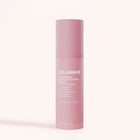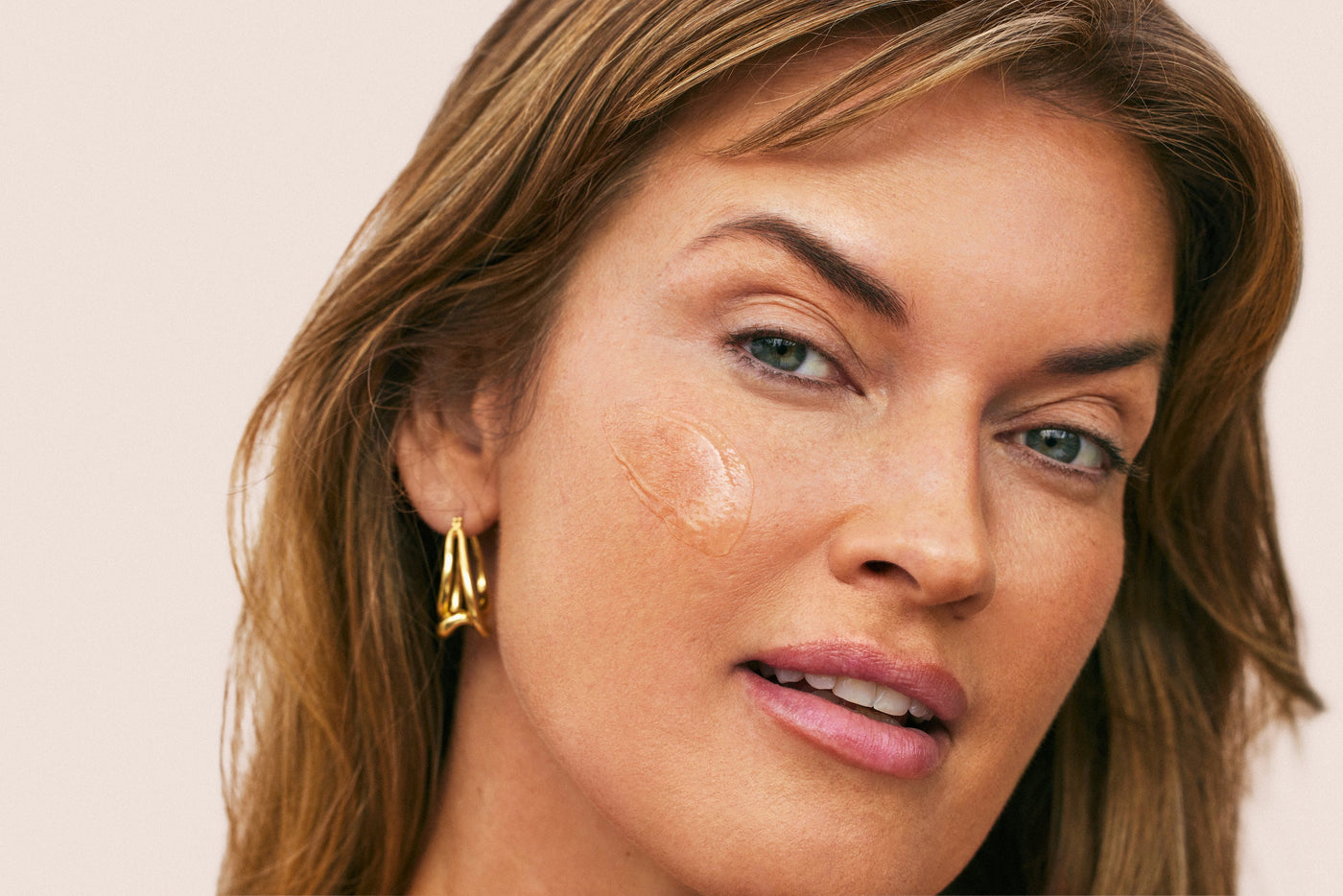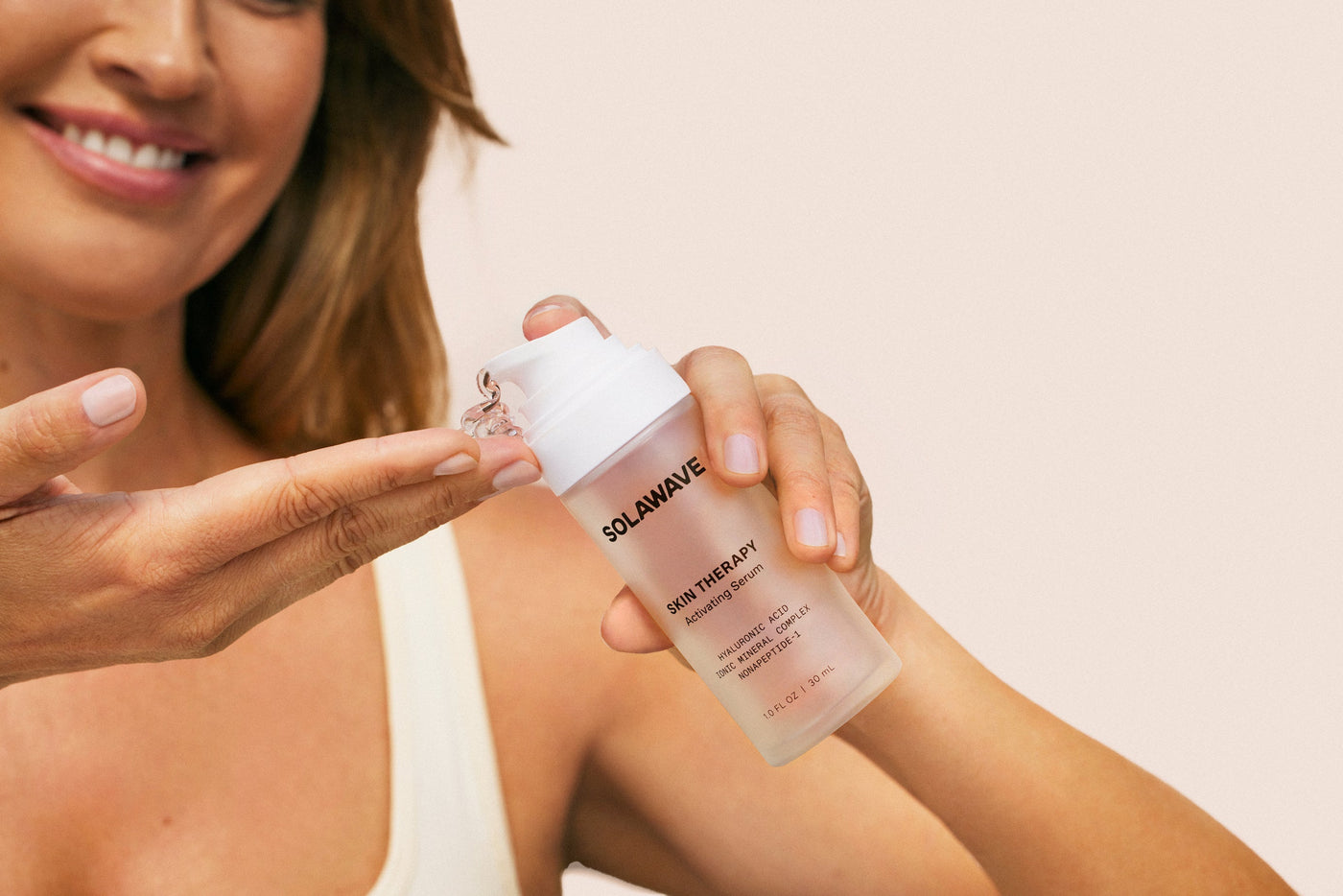

What Color Light Is Best For Sleep?
Sleep plays a huge role in everything you experience every day, from cognitive function to emotional balance to even your skin health. It is during sleep that your body repairs itself, consolidates memories, and rejuvenates for the day ahead. Yet, achieving restful sleep can sometimes feel elusive, especially in our modern world filled with artificial lighting and bright screens.
Light, as it turns out, is a powerful regulator of your sleep patterns. It influences your body's internal clock, known as the circadian rhythm, which dictates when you feel alert and when you feel sleepy. Different colors and intensities of light can either support or disrupt this natural cycle, making it essential to understand how light affects your sleep.
This brings us to an intriguing question: What color light is best for sleep? Let's explore the science behind light and its impact on your sleep.
How Does Light Affect Sleep?
Understanding how light affects your sleep begins with the concept of circadian rhythms. Circadian rhythms are our natural, internal processes that follow a roughly 24-hour cycle, responding primarily to light and darkness in our environment. Circadian rhythms play a pivotal role in determining sleep-wake patterns, influencing when you feel alert and when you feel drowsy.
Central to this process is the hormone melatonin, often referred to as the "sleep hormone." Melatonin production is closely tied to light exposure. During the day, exposure to natural light helps keep melatonin levels low, promoting wakefulness and alertness. As evening approaches and light diminishes, melatonin production ramps up, signaling to your body that it's time to prepare for sleep.
Different wavelengths of light have varying effects on melatonin production. Blue Light, which is prevalent in sunlight and emitted by electronic screens, is particularly effective at suppressing melatonin. This is why exposure to Blue Light in the evening can delay sleep onset and disrupt your sleep cycle.
The pineal gland, a small endocrine gland located in the brain, also plays a crucial role in this process. It is responsible for producing melatonin in response to darkness. When your eyes perceive a decrease in light, the pineal gland is signaled to increase melatonin production, helping you transition into a restful state.
Does Blue Light Wake You Up?
Blue Light typically falls within the wavelength range of approximately 400 to 495 nanometers. This range is part of the visible light spectrum and is characterized by its short wavelength and high energy. It is naturally present in sunlight and is also emitted by various artificial sources, including LED lights, computer screens, smartphones, and tablets. While Blue Light is beneficial during the day for maintaining alertness and boosting mood, its effects can be less desirable when it comes to sleep.
Exposure to Blue Light in the evening can significantly disrupt your sleep patterns. This disruption occurs because Blue Light is particularly effective at suppressing the production of melatonin, the hormone responsible for regulating your sleep-wake cycle. When you expose yourself to Blue Light from screens or bright LED lights before bedtime, your brain is tricked into thinking it's still daytime, which can delay the onset of sleep and reduce overall sleep quality.
Scientific evidence supports the impact of Blue Light on melatonin suppression. Studies have shown that prolonged exposure to Blue Light in the evening can delay melatonin production by up to three hours, leading to a shift in your circadian rhythm. This shift can result in shorter sleep duration and decreased sleep quality, affecting your ability to wake up refreshed and alert.
With that, you can take steps to mitigate its effects. Consider reducing screen time in the hours leading up to bedtime, using Blue Light filters on your devices, and choosing dim, warm lighting in the evening. These adjustments can help you maintain a healthy sleep cycle and improve your overall well-being.
Does Blue Light Therapy Affect Sleep?
As we talk about Blue Light and how it can disrupt sleep patterns, does that mean that you shouldn't use Blue Light in your nighttime skincare routine? Not quite. The Blue Light exposure you get from our Bye Acne 3-Minute Pimple Spot Treatment won't cause disruptions like the prolonged Blue Light exposure you get from using devices before bed, so feel free to use our spot treatment whenever you need it!
With that, the other effects of Blue Light as described above (melatonin suppression, boosting mood, etc.) aren't applicable to the short-duration, targeted Light Therapy treatment you get from our devices, either—our devices are specifically designed for skincare benefits!
Exploring Other Light Colors and Their Effects on Sleep
While Blue Light often takes center stage in discussions about sleep, other colors of light can also play a role in influencing your sleep quality and overall well-being.
White Light
White Light is a combination of all the colors in the visible spectrum and is commonly emitted by standard light bulbs and fluorescent lights. White Light doesn't have a specific wavelength because of this. The visible spectrum ranges from approximately 380 to 750 nanometers, encompassing all the individual wavelengths of colors like Violet, Blue, Green, Yellow, Orange, and Red. When these colors are combined, they produce White Light.
This broad range of wavelengths is why White Light can appear so bright and is capable of affecting your alertness and sleep patterns, depending on its intensity and timing of exposure. It is known for its ability to enhance alertness and concentration, making it ideal for daytime activities. However, exposure to White Light in the evening can interfere with your body's natural sleep-wake cycle, similar to Blue Light. It can suppress melatonin production and delay the onset of sleep, so it's best to limit exposure to bright White Light as bedtime approaches.
Red Light
Red Light has a longer wavelength and lower energy compared to Blue Light, making it less likely to interfere with melatonin production. Red Light typically falls within the wavelength range of approximately 620 to 750 nanometers. This range is at the longer end of the visible light spectrum, which means it has lower energy compared to shorter wavelengths like Blue Light.
Because of its longer wavelength and lower energy, Red Light is less likely to interfere with melatonin production, making it a more sleep-friendly option for evening lighting. In fact, Red Light is often associated with promoting relaxation and sleep. Research suggests that exposure to Red Light in the evening can help improve sleep quality and duration. This makes it an excellent choice for night lights or bedroom lighting, as it can create a calming atmosphere conducive to restful sleep.
Can You Do Red Light Therapy Before Bed?
Yes! The longest Light Therapy treatment from our devices is 12 minutes (3-minute increments treating each quadrant of your face with our 4-in-1 Skincare Wand), followed by 10 minutes for our Wrinkle Retreat Face Mask as well as our Neck & Chest Rejuvenating Mask. Firstly, our Red Light at 630 nm isn't the “awakening” light frequency to start with (i.e. Blue Light), so you don't have to worry that your Light Therapy will stop you from getting a good night's sleep.
On top of that, our devices are designed specifically to deliver targeted treatment to your skin, and their benefits are limited to skincare and aesthetics, so they also won't induce sleepiness or overtly promote relaxation, as easy as it is to sit back and relax during treatment since our masks are hands-free with automatic shutoff timers!
With that, you can incorporate Light Therapy into any part of your skincare routine, day or night—we recommend three times per week for best results!
Green Light and Yellow Light
Green Light and Yellow Light fall in between Blue and Red Light on the visible spectrum, within the wavelength range of approximately 495 to 570 nanometers. Green Light has been shown to have a moderate effect on melatonin suppression, though not as pronounced as Blue Light. It can still influence your circadian rhythm, so it's wise to be mindful of exposure in the evening.
Yellow Light, on the other hand, is closer to Red Light in terms of its effects on sleep. It is less likely to disrupt melatonin production and can contribute to a warm, soothing environment. Using Yellow Light in the evening can help signal to your body that it's time to wind down, supporting a smoother transition into sleep.
The Best Color Light for Sleep
When it comes to creating an optimal sleep environment, research consistently points to Red Light and other warm-colored lights as the most sleep-friendly options. These colors are less likely to interfere with your body's natural production of melatonin, the hormone that regulates your sleep-wake cycle.
Red and other warm-colored lights, such as Amber and Orange, have longer wavelengths and lower energy levels. This means they are less stimulating to your brain and more conducive to relaxation. These colors create a calming atmosphere that signals to your body that it's time to wind down, helping you fall asleep more easily and enjoy deeper, more restorative sleep.
Incorporating dim, warm lighting into your evening routine can also have several benefits for your sleep quality. By reducing exposure to bright and cool-toned lights, you allow your body to produce melatonin naturally, promoting a smoother transition into sleep. Warm lighting can also help reduce eye strain and create a cozy, inviting environment that encourages relaxation.
To optimize your sleep environment, consider using warm-colored lights in your bedroom and other areas where you spend time before bed. Dimming the lights as bedtime approaches can further enhance the calming effect, setting the stage for a restful and rejuvenating night's sleep.
Conclusion
In summary, the color of light you are exposed to can significantly impact your sleep quality and overall well-being. Red Light and other warm-colored lights are the most sleep-friendly options, as they have minimal impact on melatonin production and help create a calming environment conducive to restful sleep. In contrast, Blue Light and bright White Light can disrupt your sleep patterns by suppressing melatonin and delaying sleep onset.
While it's important to be mindful of your light exposure, it's important to understand that short-term exposure to different colored lights, such as those from skincare devices or passing by aesthetic lighting, won't have the same effects as prolonged exposure to Blue Light from screens or having daylight-colored bulbs in the rooms you spend a lot of time in. These brief interactions are unlikely to affect your sleep cycle.
By incorporating dim, warm lighting into your evening routine and reducing exposure to stimulating lights before bedtime, you can support your body's natural sleep processes. These simple adjustments can lead to more restful and rejuvenating sleep, ultimately enhancing your overall health and well-being. And of course, if you're consistently having trouble sleeping, consult with your healthcare provider.
Disclaimer: The types of Light discussed above and their subsequent benefits do not apply to the devices at Solawave, which are designed for the purpose of skincare and aesthetic benefits only.
Sources:
- Circadian Rhythm: What It Is, How It Works & What Affects It
- Melatonin - Mayo Clinic
- How blue light affects your eyes, sleep, and health
- Pineal Gland: What It Is, Function & Disorders
- Blue Light: What It Is and How It Affects Sleep
- Blue light from light-emitting diodes elicits a dose-dependent suppression of melatonin in humans - PubMed
- Effect of Light on Human Circadian Physiology - PMC
- Effects of red light on sleep and mood in healthy subjects and individuals with insomnia disorder - PMC















